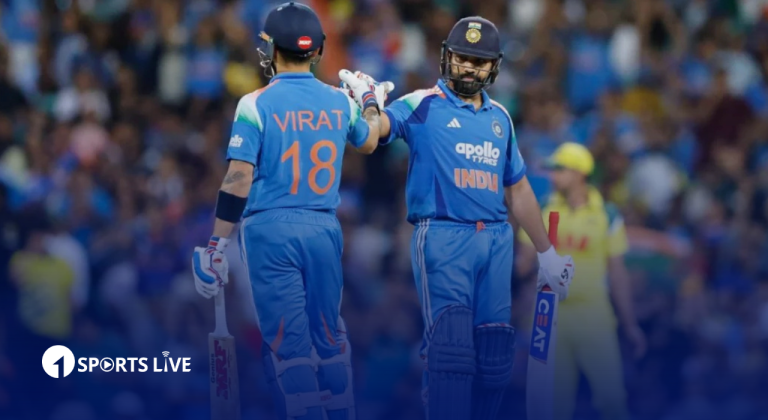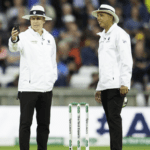Compared to other days, Mehidy Hasan Miraz and his teammates looked much more cheerful and confident during practice. Bangladesh will face West Indies today in the second ODI of the series. A win would secure the series with one match remaining — and also end a run of four consecutive series defeats. It could even help Miraz retain his captaincy.
Since taking charge, Miraz has yet to celebrate an ODI series win. Under his leadership, Bangladesh have won only two matches while losing nine. Ahead of today’s must-win encounter, the Tigers practiced with a different approach yesterday at Mirpur Stadium — looking more lively and confident than before.
Though the plan was to practice batting and bowling indoors, Miraz’s side instead trained on the center wicket to prepare for spin conditions. Tanzid Tamim, Saif Hassan, Soumya Sarkar, and Towhid Hridoy all practiced batting against spin — something rarely seen in recent series.
Spin coach Mushtaq Ahmed explained the idea behind this match-like session:
“We wanted practice to simulate real match conditions. Batters need to build that kind of muscle memory — so they know exactly what it will feel like tomorrow. Simmons also wanted them to learn how to rotate strike and take singles during the middle overs. That’s why we even set proper fielding positions. Today’s session felt very close to a real match.”
In the first ODI, Bangladesh defended 207 runs to win by 74 runs — thanks largely to Rishad Hossain’s magical leg-spin. On Mirpur’s much-debated black-soil wicket, the ball turned sharply like a spinning top. Rishad took full advantage, claiming 6 wickets for 35 runs in 9 overs — becoming the first Bangladeshi spinner to take six wickets in an ODI. Miraz bowled economically, taking 1 wicket for just 16 runs in 10 overs, while Tanvir picked up one as well.
To strengthen the spin attack, Nasum Ahmed, the tall left-arm spinner, has been added to the squad. Seeing four spinners in Bangladesh’s lineup today wouldn’t be surprising. The two sides will be meeting for the 49th time in ODIs — with West Indies leading the head-to-head 24–22.
During the simulated practice, Tanzid and Najmul used ‘Mongoose’ bats — short-bladed and long-handled — to better play spin. Explaining this, Mushtaq said:
“A smaller bat lowers your center of gravity. On turning wickets, your head must be close to the ball. If your footwork is lazy, you’ll get out easily. Practicing with a short bat keeps your head near the ball whether you play forward or back — making it easier to take singles even off good deliveries.”
There’s been much talk about the pitch. Australian curator Tony Hemming prepared it using black soil. In the first ODI, the wicket was relatively good early on — though the ball kept low. Batters managed runs, especially Towhid Hridoy and debutant Mahidul Islam Ankon, while openers Saif and Soumya failed. Batting became tougher in the second innings — particularly playing drives. The ball was turning sharply, and Bangladesh’s three spinners exploited it fully.
Rishad’s spell was the standout. His performance surpassed the previous best ODI figures by a Bangladeshi spinner — Taijul Islam’s 5 for 28 against West Indies in 2022 at Basseterre.
Responding to pitch criticism, Mushtaq Ahmed said:
“I’ve played on many such wickets in my career. The pitch in Delhi where Anil Kumble took 10 wickets in an innings was even worse than this one.”

















